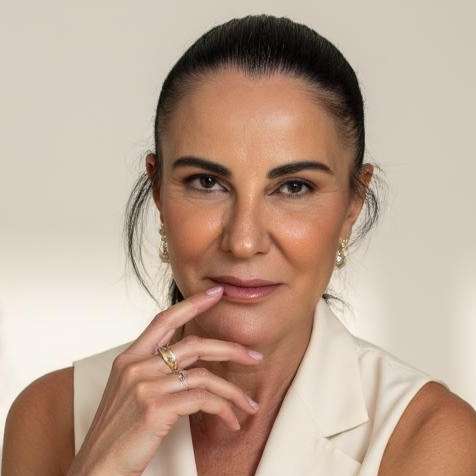VOLTAR
IMCAS World Congress 2024
IMCAS World Congress 2024
Programa
Adaptar ao meu fuso-horário a agenda da aula/congresso transmitida ao vivo
Fuso-horário de referência: (UTC+02:00) Europe, Paris
093
Toxins
Sala: Grand Amphi - Level 1
Data: sexta-feira 2 fevereiro 2024 de 16:00 às 17:00
Formato: FOCUS SESSION > lectures covering a major topic of the congress
Data: sexta-feira 2 fevereiro 2024 de 16:00 às 17:00
Formato: FOCUS SESSION > lectures covering a major topic of the congress
Apresentações desta sessão
| Horas | Palestrantes | Título da apresentação | Resumo | Número |
| 16:00 | Toxin, anatomy forever | 132911 | ||
| 16:12 | Toxins and ultrasonography: the new mandatory | Visualizar | 130340 | |
| 16:24 | Upper face toxin revisited: positional pearls | 130339 | ||
| 16:36 | The ultimate antidote that leaves you speechless | 130337 | ||
| 16:48 | Discussion and Q&A | 130341 | ||













